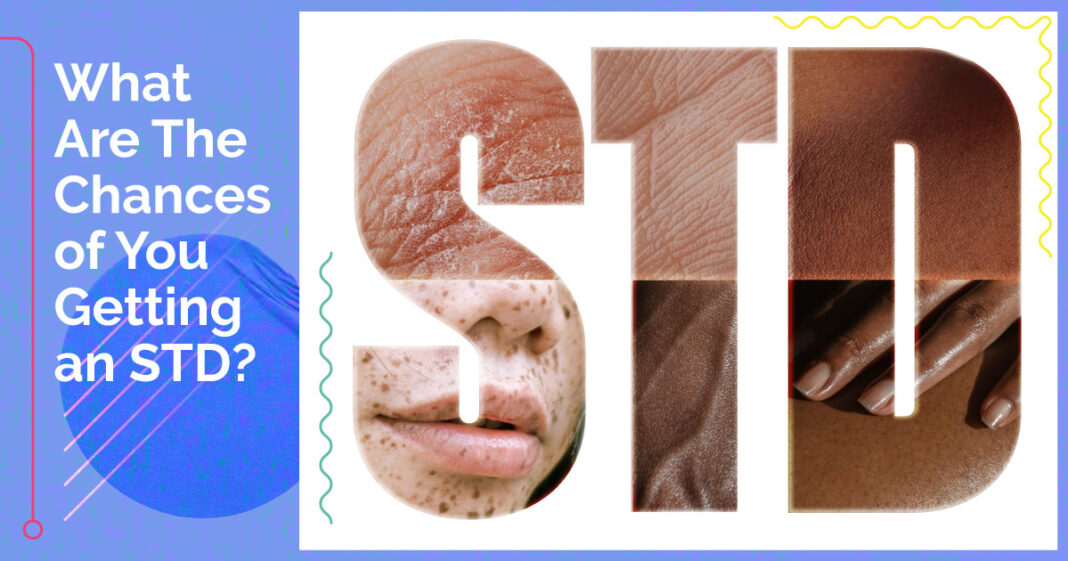Knowing your chances of getting an STD is useful in protecting yourself. Various factors influence an individual’s risk of STDs, so everyone has different levels of risk. Once you understand your risk, it is easier to protect yourself from STDs.
One key factor in your personal risk is where you live. Certain areas of the United States have a higher risk of STD transmission than others. For example, Idaho and Utah have the lowest levels of risk, with 438 and 428 people out of every 100,000 contracting an STD, respectively. On the other hand, Minnesota has the highest risk, with 1,264 people out of every 100,000 contracting an STD. The most common type of STD also varies by region; syphilis is the most common in the west, while HIV is the most common in the northeast.
An individual’s behavior also influences risk. Having unprotected sex increases your risk, as does having more than one sexual partner. Similarly, using inadequate protection is also a risk factor. Additionally, people who use dating apps are 1.8 times more likely to get screened for STIs, and 1.3 times more likely to test positive for STIs.
Ethnicity, nationality and income are other key factors. Individuals of certain races face higher risks of developing certain STIs; for example, white individuals are more likely to develop syphilis than gonorrhea. In terms of income, studies have shown that individuals with an income below the poverty level face more risk.
With this foundational knowledge of STDs, you can now undertake protective measures. STI testing before engaging in sexual relations is an effective way at preventing STIs, as it reduces your risk by 99.8%. There are numerous testing facilities throughout the country, providing individuals with options. Using internal/external condoms reduces your risk by 98%, making it another effective option. Additionally, vaccines can help prevent specific infections.
Protecting yourself from STDs is an important part of safe sex, and being knowledgeable about the risks and prevention methods is the first step.

eNationalTesting.com









